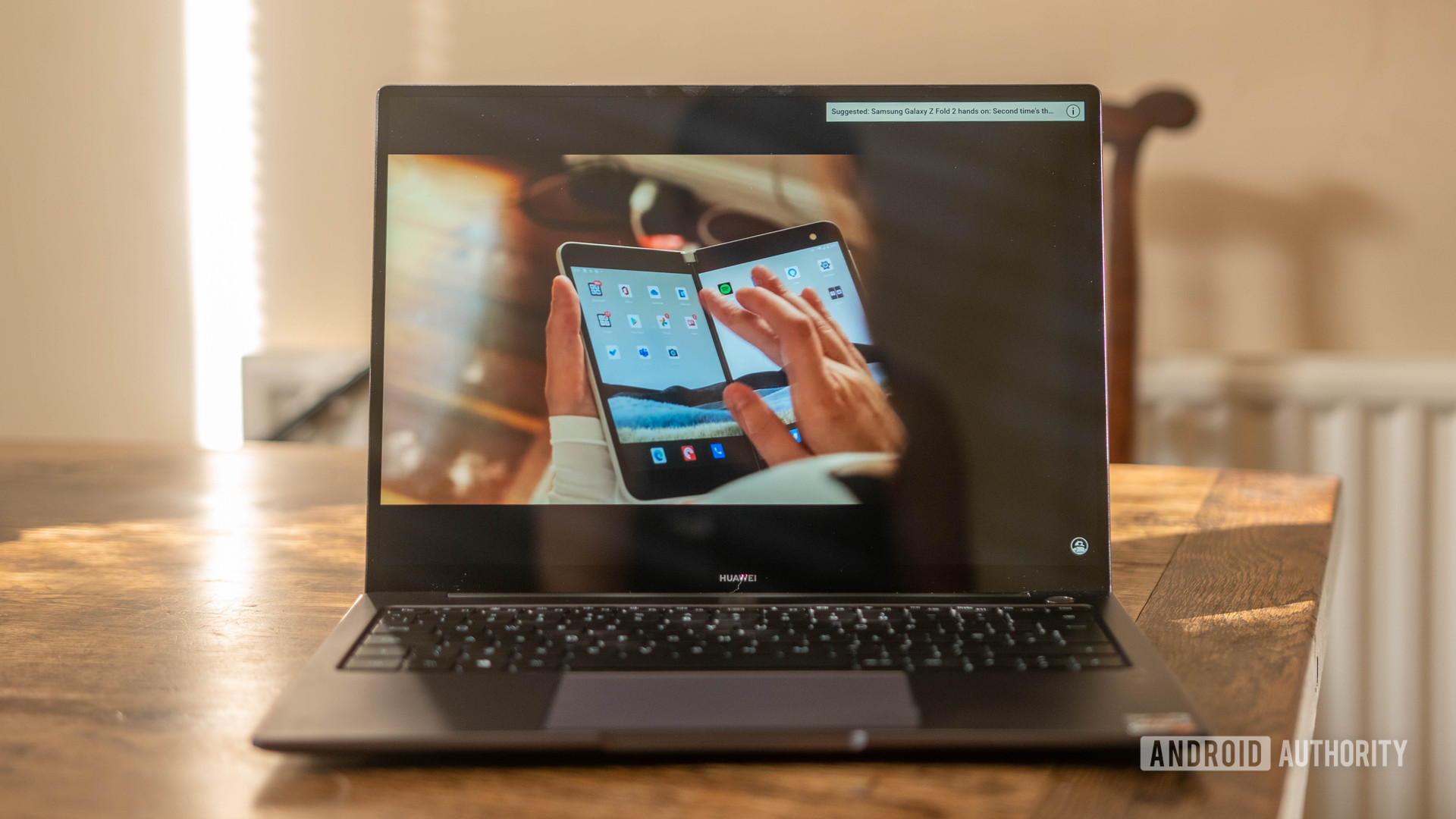Affiliate links on Android Authority may earn us a commission. Learn more.
What is hardware acceleration and why does it matter?
Published onDecember 24, 2022

“Hardware acceleration” is an option you may have spotted tucked away in the options menu of various applications on your Android smartphone. While not always an accessible option in most cases, you’ll find hardware acceleration on virtually every electronic device with a screen and SoC in your household — from TVs to computers.
Use cases for hardware acceleration range from efficiently rendering audio-visual content to text smoothening in web browsers. It can also speed up 2D/3D graphics and UI animations. In a nutshell, if you’re ever presented with the option, you should enable hardware acceleration — unless it causes some fault or bug.
What is hardware acceleration?

As the name suggests, hardware acceleration uses dedicated hardware to accelerate a task so that it runs faster and/or more efficiently than on the CPU alone.
Most commonly, this involves offloading processing to the graphics processing unit (GPU), digital signal processor (DSP), or some other hardware block that’s specialized to perform a specific task. With acceleration disabled, CPUs are still able to run the required function using software algorithms. However, this approach is significantly slower than what dedicated hardware can achieve.
Hardware acceleration invokes a specialized processor to speed up common, complex tasks.
One of the most common use cases for hardware acceleration is video encoding and decoding. Graphics cards or other hardware often contain dedicated video encode/decode blocks that can decode and encode videos much more efficiently. Likewise, decompressing an audio file can often be done faster on a DSP or sound card than on the CPU. This is why older computers struggle to play modern audio and video files, they simply lack the dedicated hardware needed for the task.
Another very common use for hardware acceleration is 2D graphics acceleration. User interfaces, for example, often feature lots of graphics, text, and animations to render. While this can be done on a CPU, dedicated hardware is often faster at this type of operation. Tasks could include applying an antialiasing filter to text so it appears smoother, or layering a semi-transparent overlay on top of another element like a video. Other advanced graphics examples include accelerating physics and ray-traced lighting as we’ve seen with NVIDIA’s RTX graphics cards.
Why does hardware acceleration matter?

The CPU is the generic workhorse of any computer system. It’s designed to handle virtually any task that can be thrown at it, but this flexibility means it’s often not the most efficient way to accomplish specific tasks. Tasks that require lots of repeated math functions like video decoding, graphics rendering, or even crypto mining can be achieved on a dedicated device like a GPU.
Hardware acceleration offloads common tasks from the CPU to specialized hardware that can not only run the task faster but also much more efficiently. This means that devices run cooler and batteries last for a lot longer. So you’ll be able to watch many more high-quality videos on a single charge when using a dedicated video decoder block versus running the algorithm on the CPU. This also frees up your CPU to do other things in the meantime, making other apps feel more responsive.
Hardware acceleration improves battery life, performance, and responsiveness.
The tradeoff is that including extra processing hardware for specific features has a cost, both in terms of development costs and also silicon area. Decisions have to be made about which features are worth supporting with hardware, such as very popular video codecs, and which don’t quite meet the desired cost/benefit ratio.
For a practical perspective on hardware acceleration, consider Apple’s range of desktop and laptop SoCs. As you’d expect, higher-end chips like the Pro and Max tiers in the Macbook Pro offer better raw compute performance than the Macbook Air’s base tier. However, Apple also increases the number of video and graphics accelerators built into the SoC with each step up. For creative professionals, these capabilities can significantly speed up workflows, making the upgrade more justifiable.
All in all, hardware acceleration has become an important tool in computer systems ranging from high-performance PCs to low-power smartphones. The use cases for dedicated hardware are only growing with the introduction of machine learning applications. That said, most of the time hardware acceleration is just being used to save on battery life while streaming from services like Netflix.